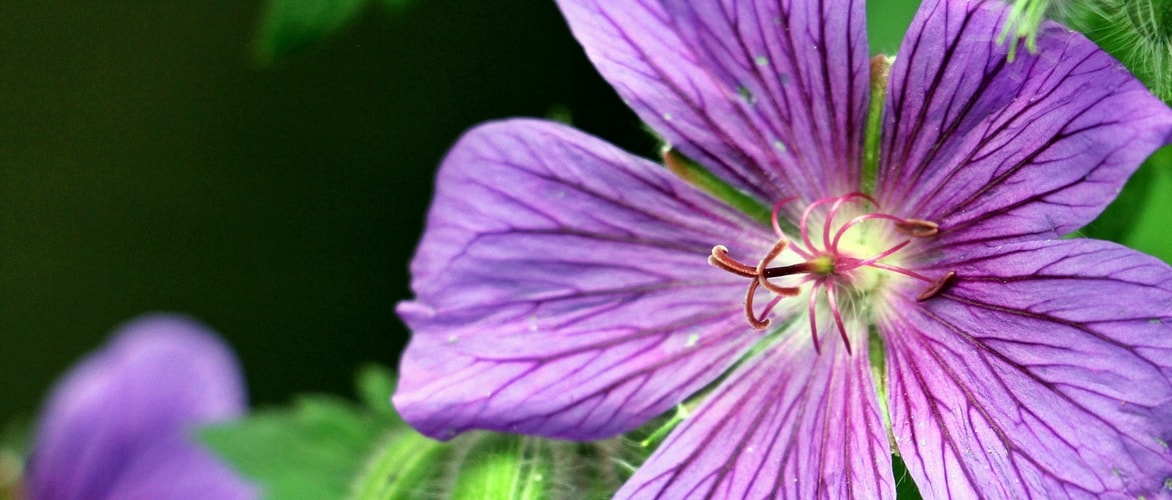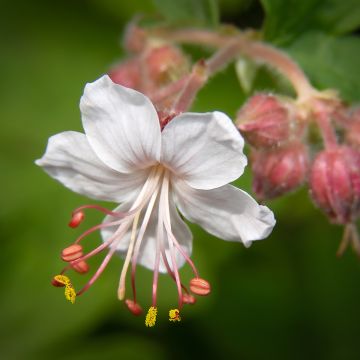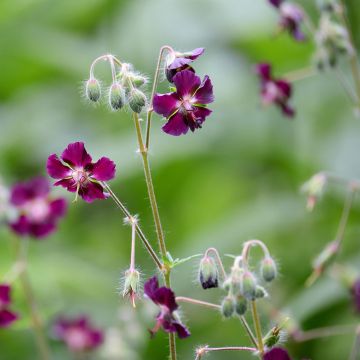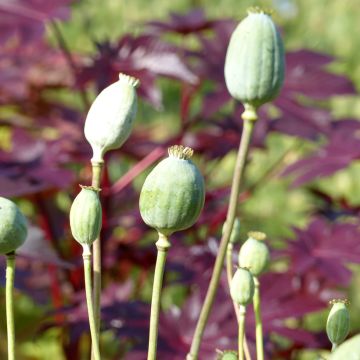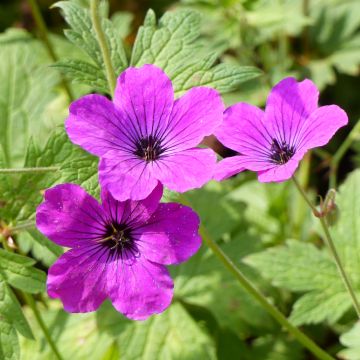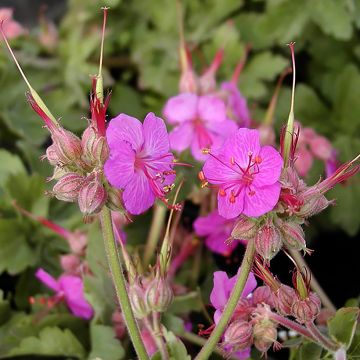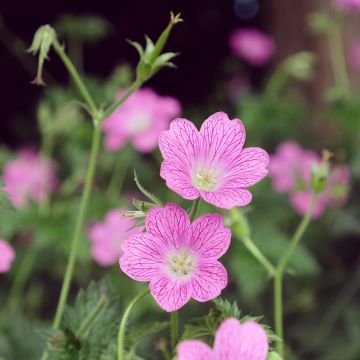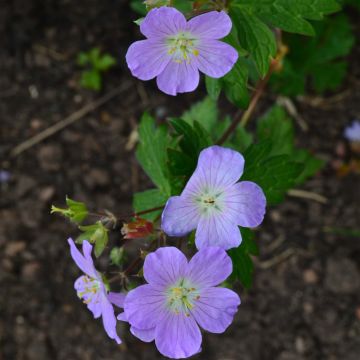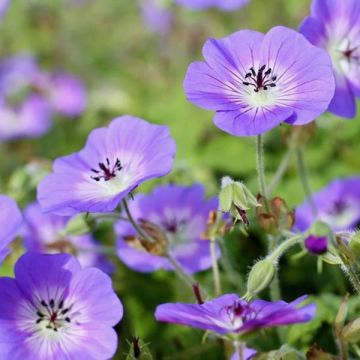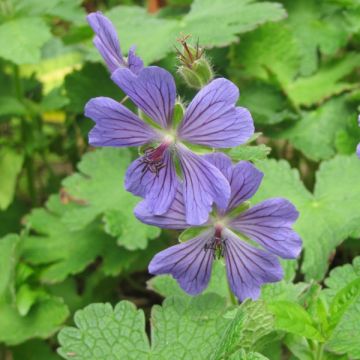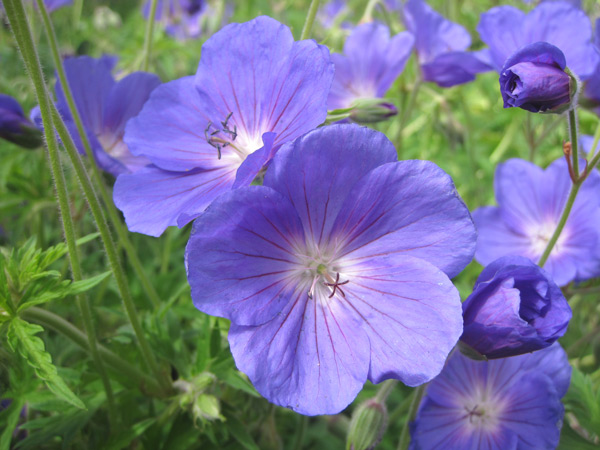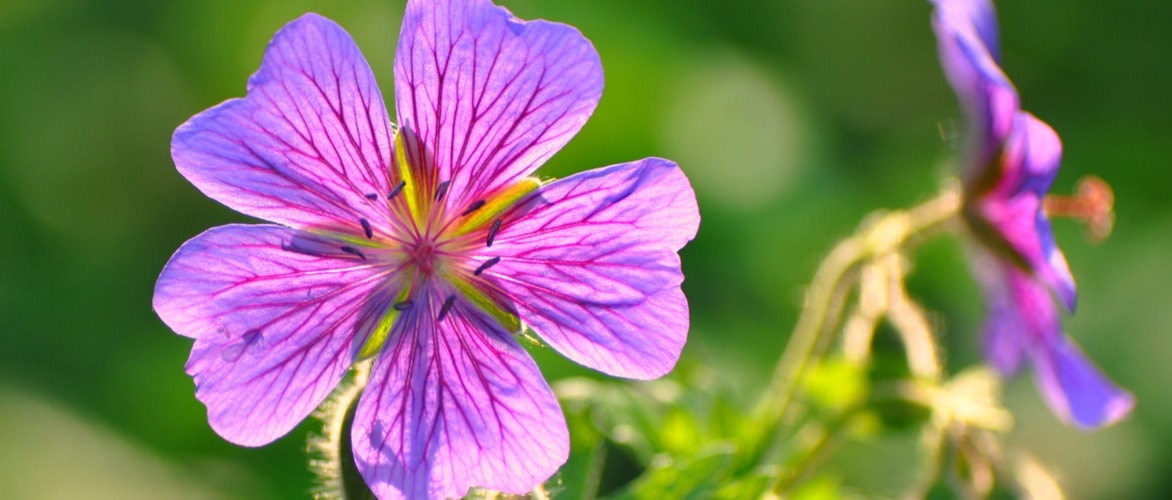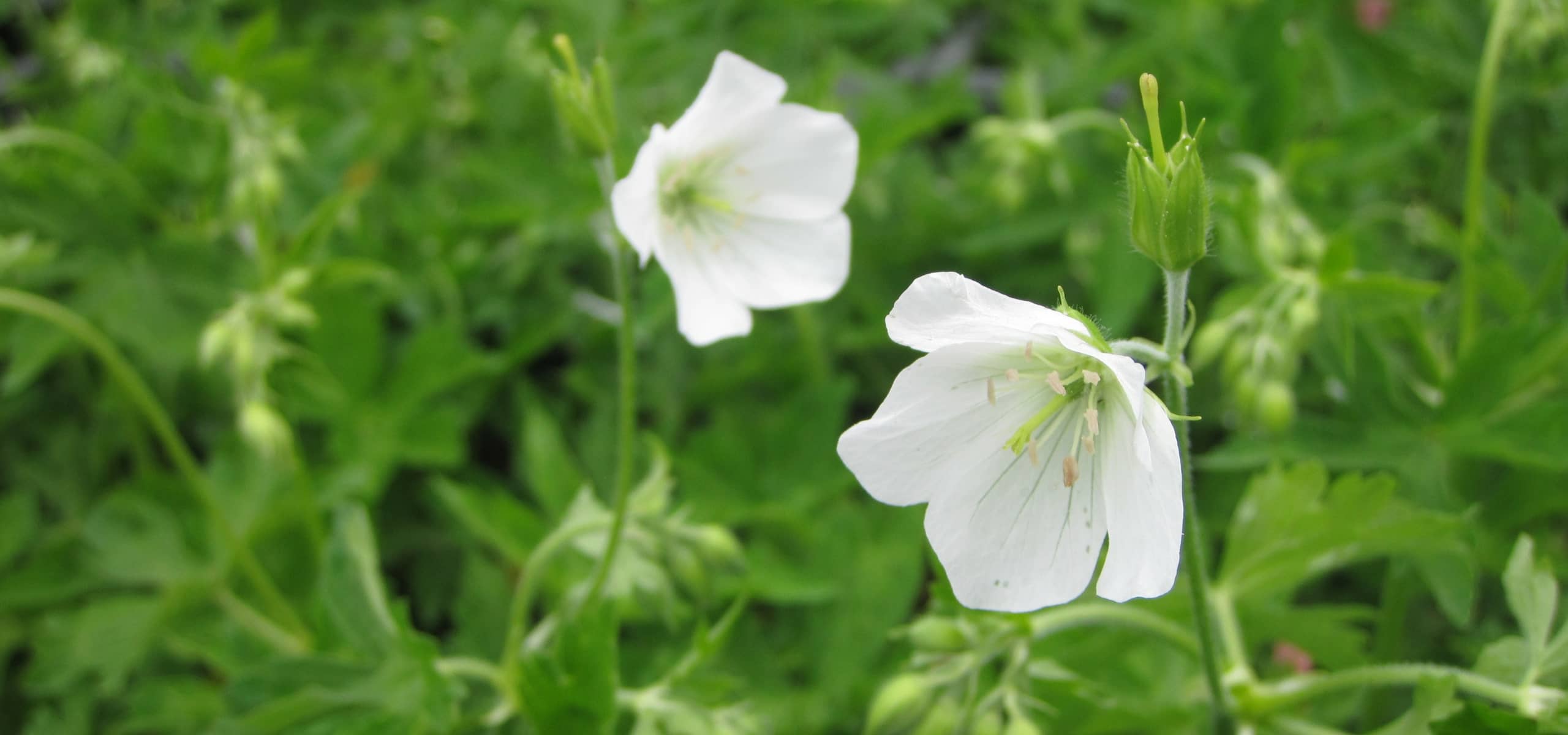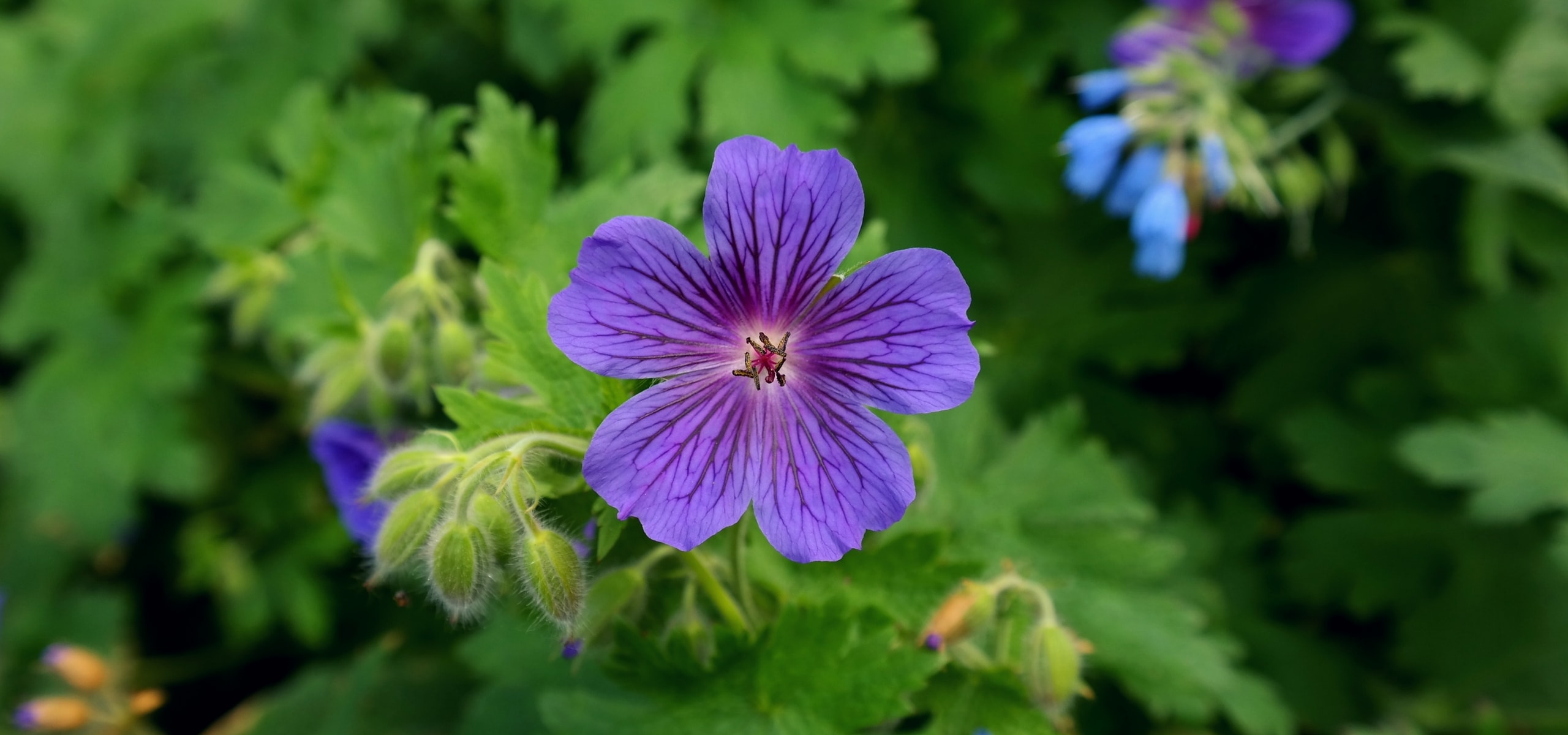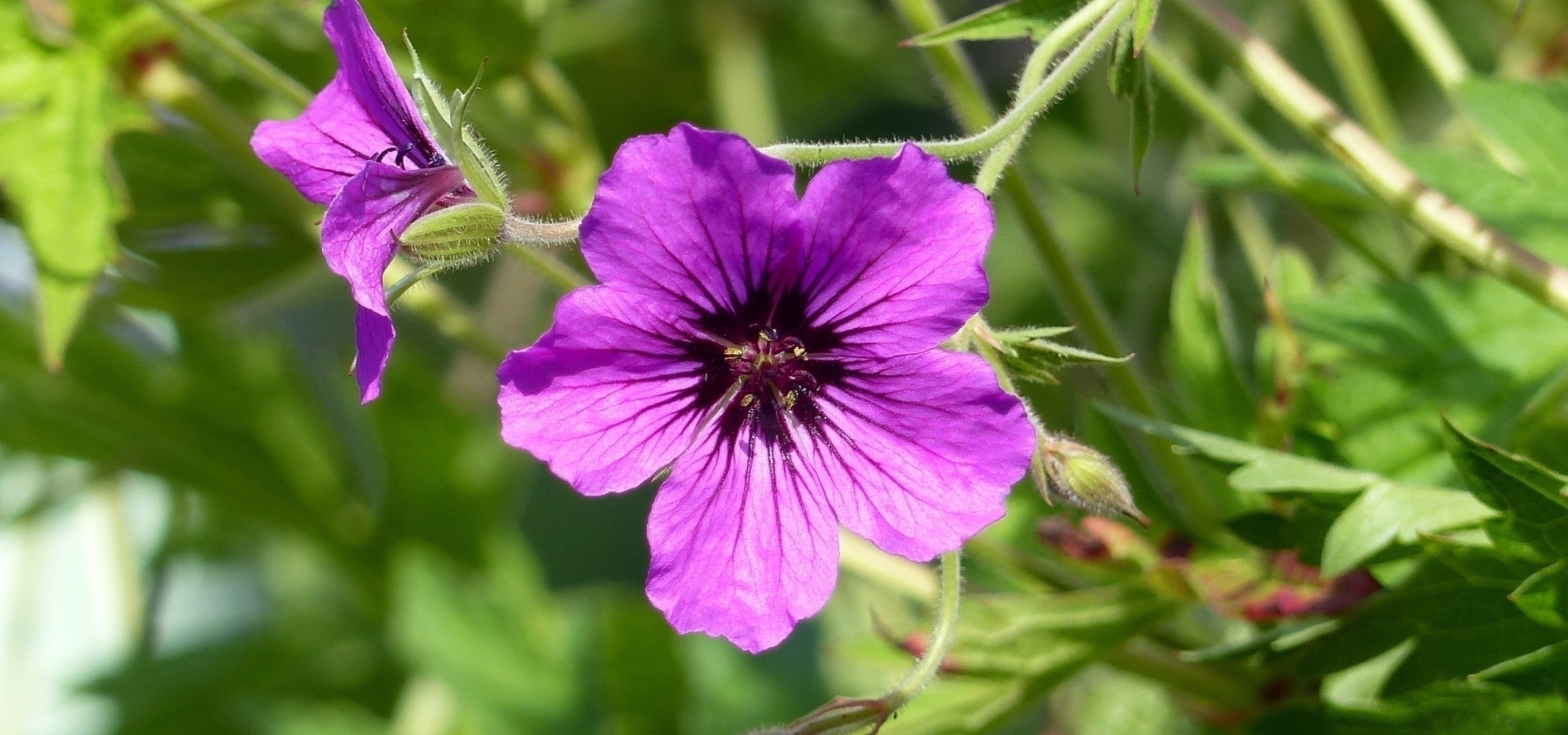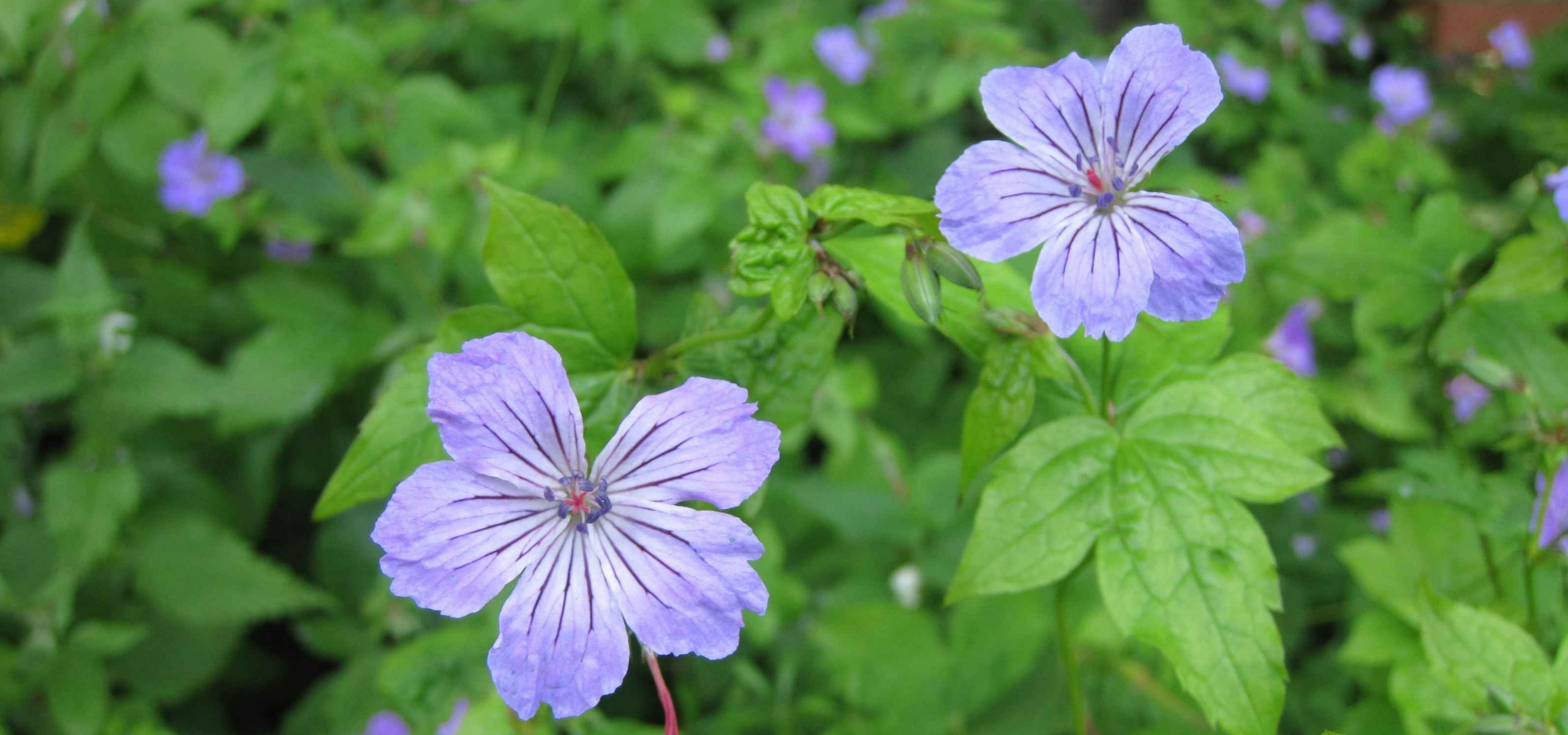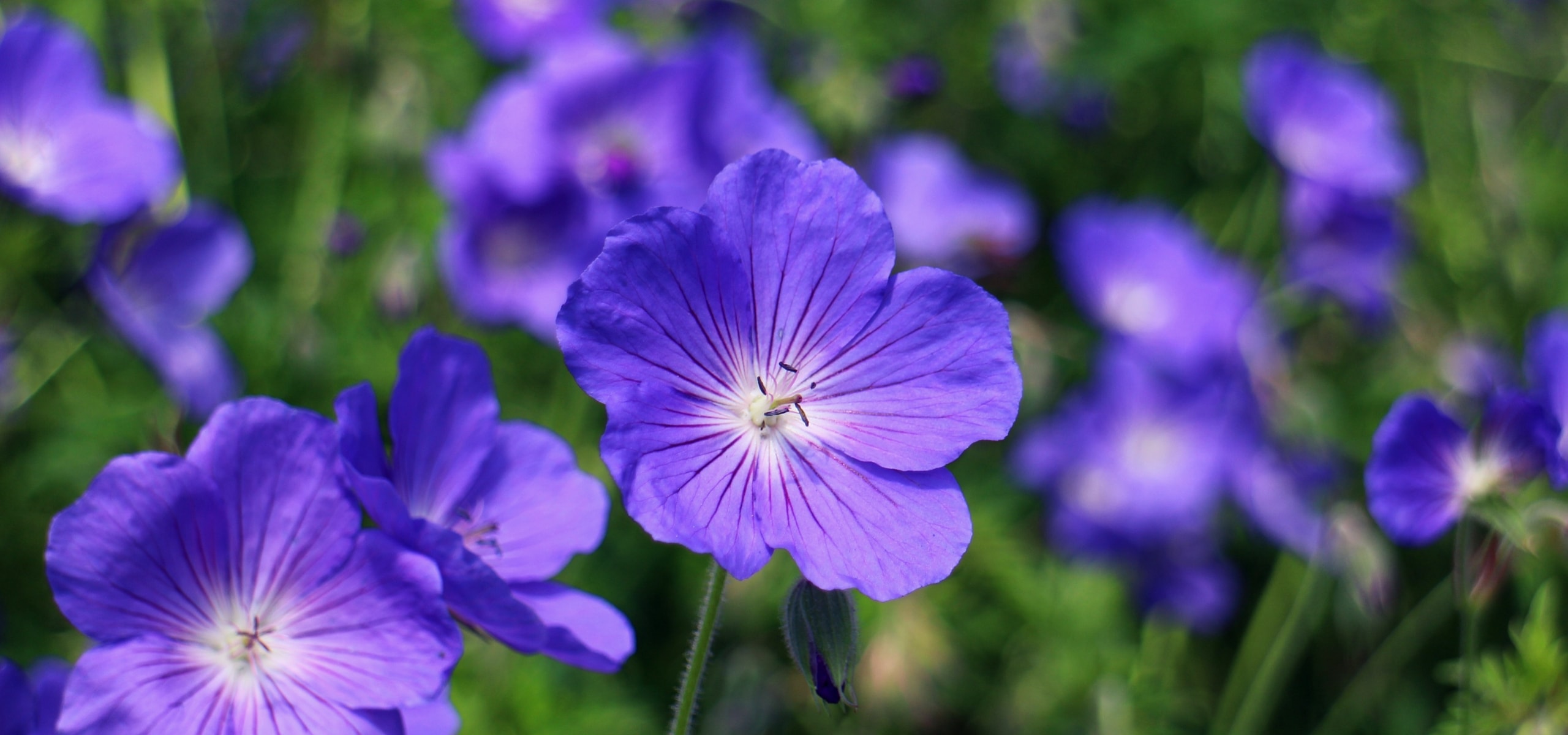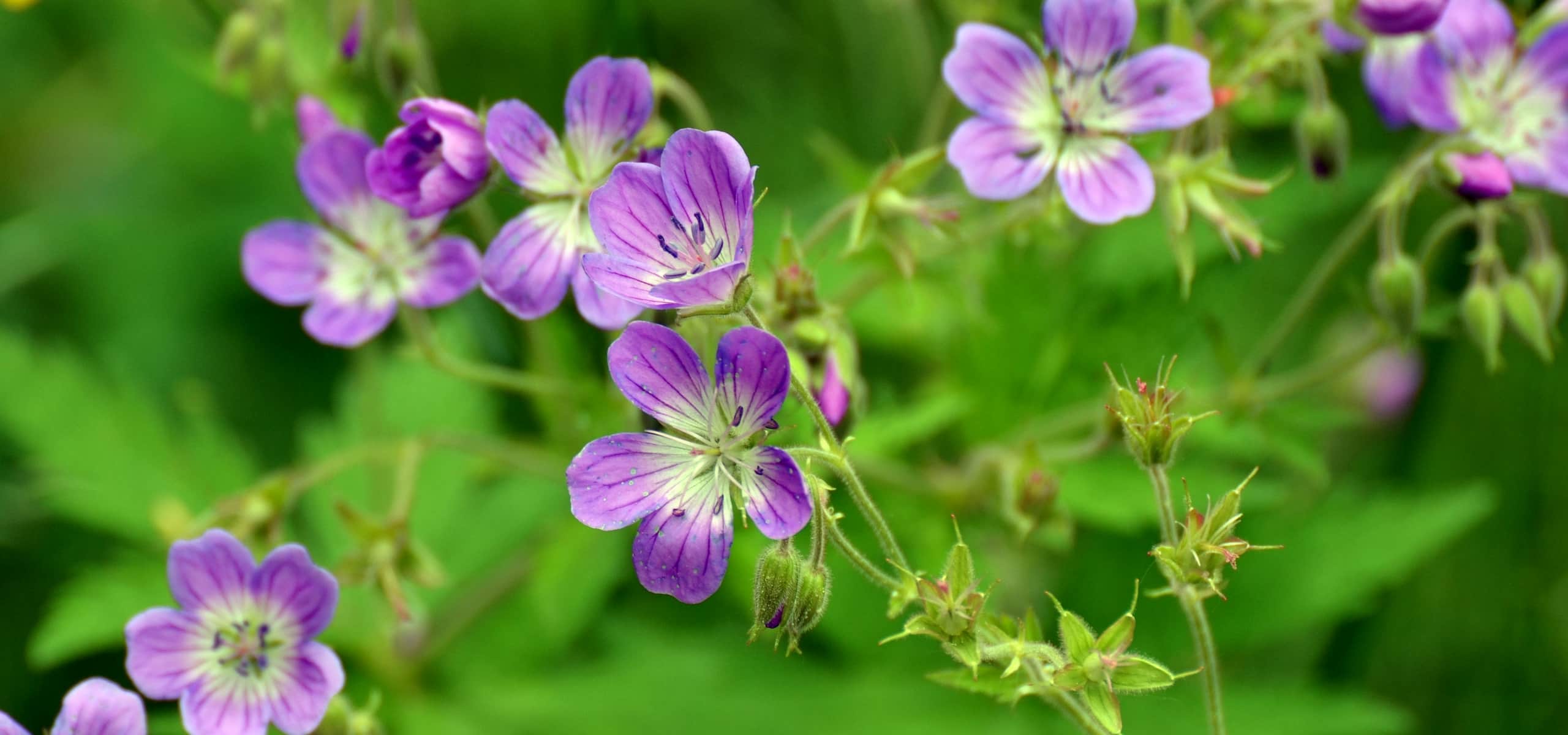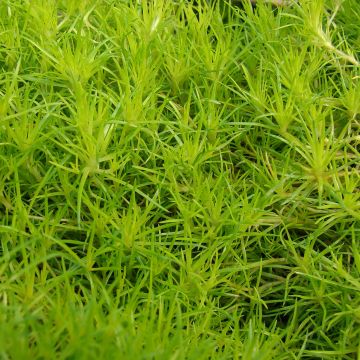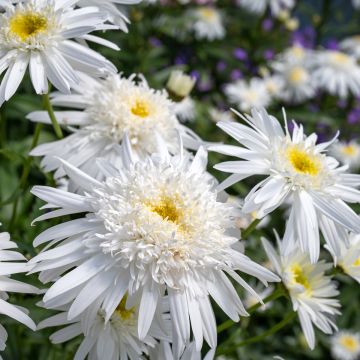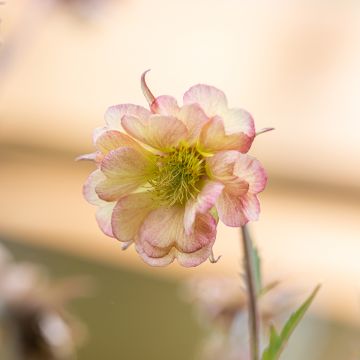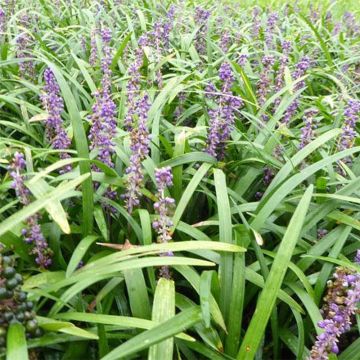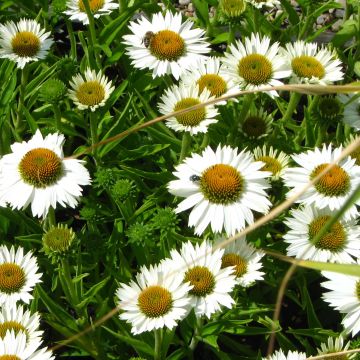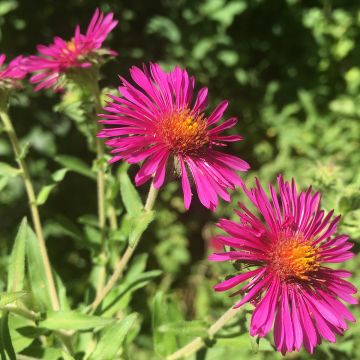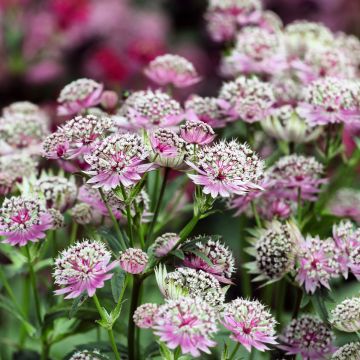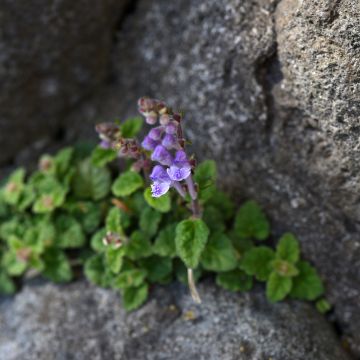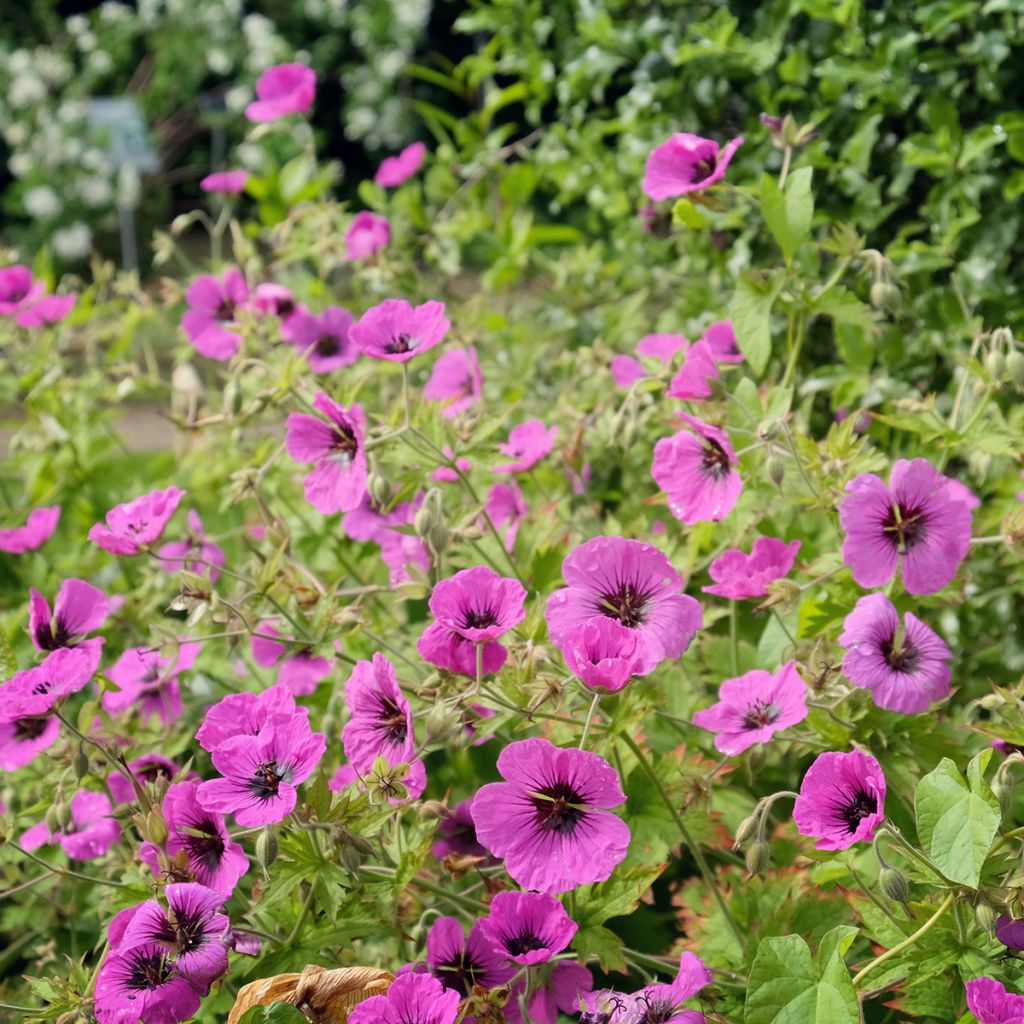

Geranium cinereum Jolly Jewel Red Improved
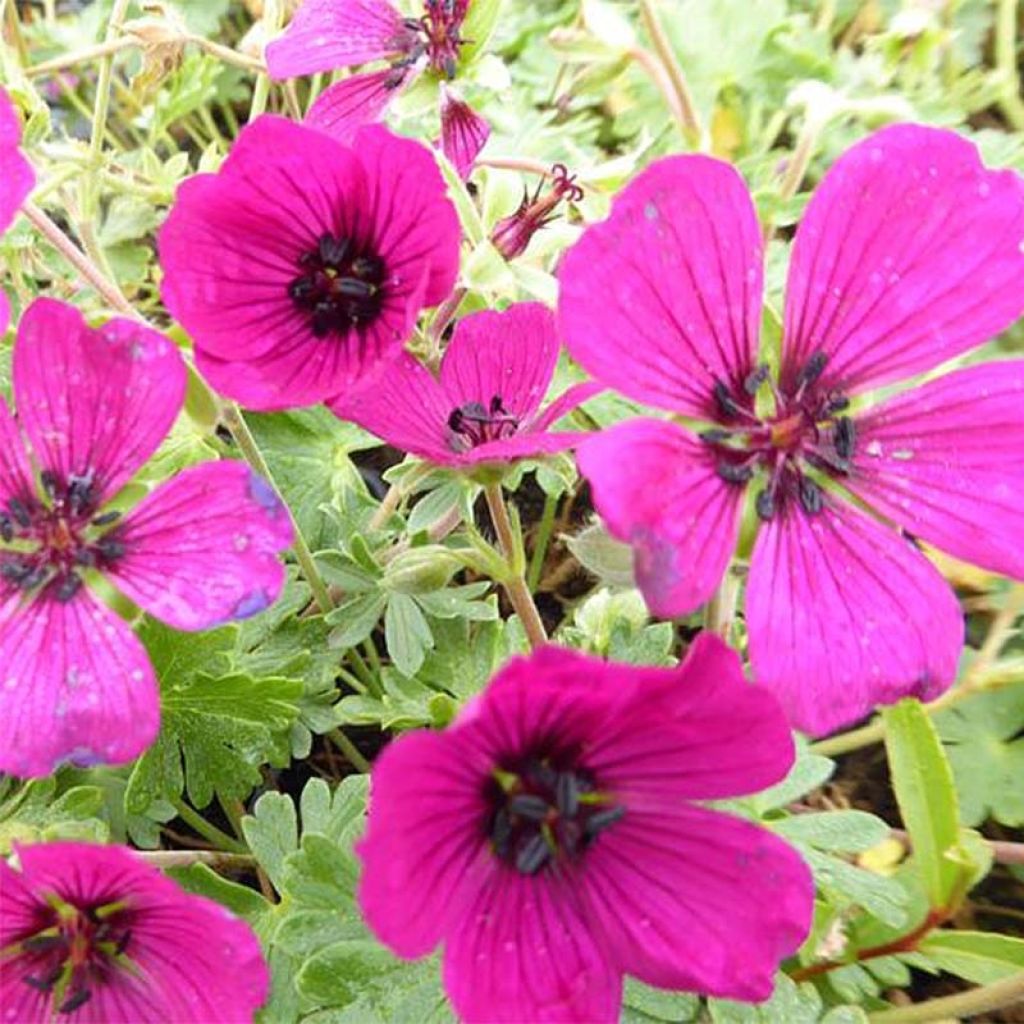

Geranium cinereum Jolly Jewel Red Improved
Geranium cinereum Jolly Jewel Red Improved
Geranium cinereum Jolly Jewel Red Improved
Ashy Cranesbill, Greyleaf Geranium
Satisfied. I am eager to see it bloom.
Annie, 18/10/2020
Special offer!
Receive a €20 voucher for any order over €90 (excluding delivery costs, credit notes, and plastic-free options)!
1- Add your favorite plants to your cart.
2- Once you have reached €90, confirm your order (you can even choose the delivery date!).
3- As soon as your order is shipped, you will receive an email containing your voucher code, valid for 3 months (90 days).
Your voucher is unique and can only be used once, for any order with a minimum value of €20, excluding delivery costs.
Can be combined with other current offers, non-divisible and non-refundable.
Home or relay delivery (depending on size and destination)
Schedule delivery date,
and select date in basket
This plant carries a 12 months recovery warranty
More information
We guarantee the quality of our plants for a full growing cycle, and will replace at our expense any plant that fails to recover under normal climatic and planting conditions.
Would this plant suit my garden?
Set up your Plantfit profile →
Description
The Perennial Geranium cinereum 'Jolly Jewel™ Red Improved' is one of the latest creations in the beautiful Jolly Jewel series, and it offers the reddest flowers. Very faithful to its ancestor from the mountains of southern Europe, this small, undemanding plant blooms generously in late spring, then more sporadically throughout the summer and sometimes again in autumn. Its cup-shaped flowers are a vibrant red-pink with a dark centre, and they open on a cushion of compact, neatly arranged leaves. Plant this small perennial between rocks in a rockery, on slopes, and in poor, well-drained soil. It also thrives in a lovely pot on the terrace!
The perennial Geranium cinereum is a member of the Geraniaceae family. It originates from the grassy and rocky mountain slopes of southern Europe, extending as far as the Balkans. The recently introduced variety 'Jolly Jewel Red Improved' is part of a series of geraniums directly derived from this species, developed in the Netherlands by Marco van Noort. These new varieties stand out for their compact growth and long-lasting, vibrant, unusual, and varied flowering.
'Jolly Jewel Red Improved' is an herbaceous perennial plant with a woody base that forms a cushion 15 cm (6in) tall with a minimum diameter of 20 cm (8in). Its growth is quite rapid, and the plant reaches full development in two or three years. The foliage, more or less evergreen depending on the severity of the winter, is arranged in a rosette. It consists of leaves measuring 5 to 7 cm (2 to 3in) in diameter, deeply lobed and divided, dark green with greyish reflections, and quite soft to the touch. Flowering occurs from May-June to September if the soil does not dry out too much, in the form of 3.5 cm (1in) diameter flowers, with open cups. They are a bright magenta red, veined with purple, and the centre is almost black. They are grouped in clusters of 2 or 3, carried above the foliage by 20 cm (8in) stems. This geranium slowly spreads, without ever becoming invasive.
The perennial Geranium cinereum 'Jolly Jewel Red Improved' will find its place in a rockery, at the forefront of perennial borders, in sunny borders, and in partial shade in the afternoon. It will look stunning in a flowerpot or well-drained planter. It pairs well with plants that have the same needs, such as the perennial Geraniums renardii or dalmaticum, candytuft, limonium, asters dumosus, or whorled coreopsis. It is an ideal perennial for mountain gardens and highly mineral landscapes.
Geranium cinereum Jolly Jewel Red Improved in pictures
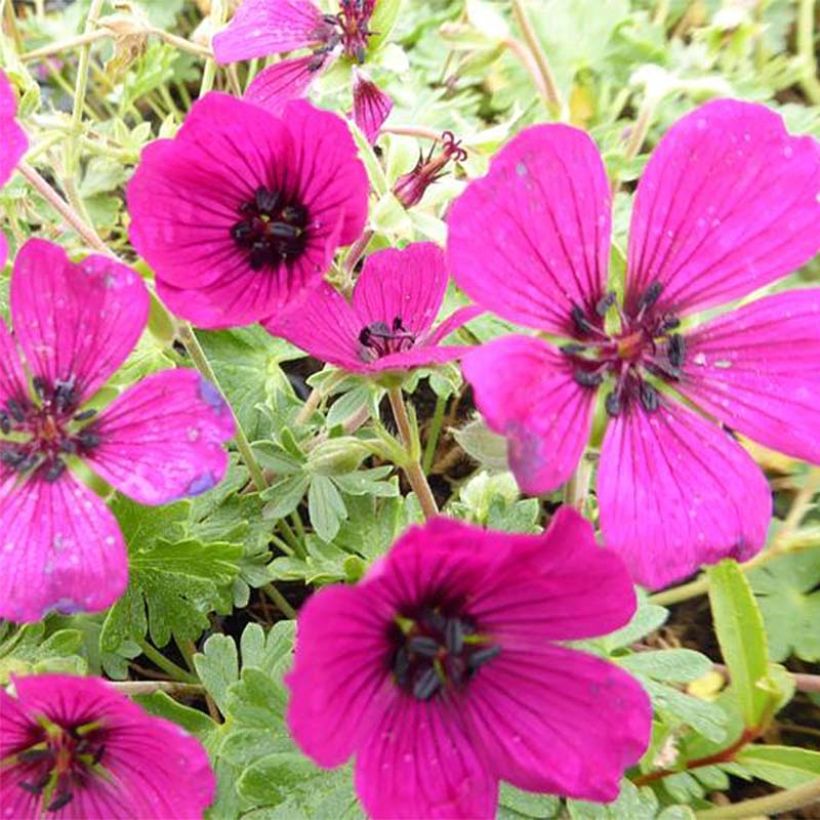

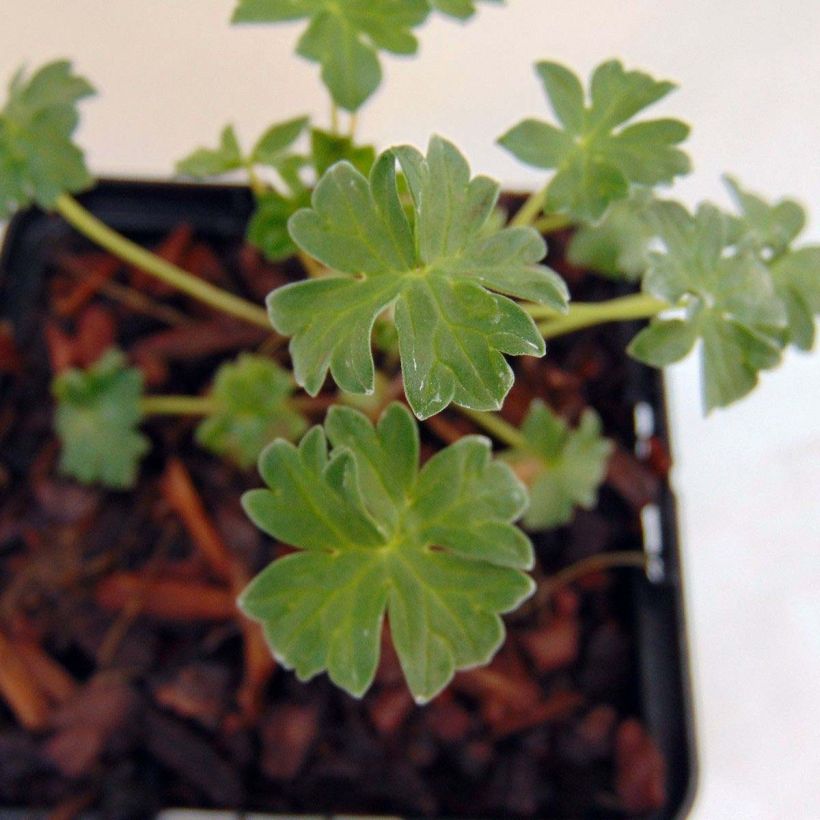

Flowering
Foliage
Plant habit
Botanical data
Geranium
cinereum
Jolly Jewel Red Improved
Geraniaceae
Ashy Cranesbill, Greyleaf Geranium
Cultivar or hybrid
Other Hardy Geranium - Cranesbill
View all →Planting and care
Plant the perennial Geranium cinereum Jolly Jewel Red Improved in perfectly well-drained soil that is even stony and slightly chalky, and not too dry in summer to support flowering. It tolerates poor soils and hates waterlogged soils in winter, which sometimes cause its roots to rot. It requires a very sunny exposure in the morning, but partially shaded in the afternoon, to flower well and develop a compact habit.
Planting period
Intended location
Care
Planting & care advice
-
, onOrder confirmed
Reply from on Promesse de fleurs
Similar products
Haven't found what you were looking for?
Hardiness is the lowest winter temperature a plant can endure without suffering serious damage or even dying. However, hardiness is affected by location (a sheltered area, such as a patio), protection (winter cover) and soil type (hardiness is improved by well-drained soil).

Photo Sharing Terms & Conditions
In order to encourage gardeners to interact and share their experiences, Promesse de fleurs offers various media enabling content to be uploaded onto its Site - in particular via the ‘Photo sharing’ module.
The User agrees to refrain from:
- Posting any content that is illegal, prejudicial, insulting, racist, inciteful to hatred, revisionist, contrary to public decency, that infringes on privacy or on the privacy rights of third parties, in particular the publicity rights of persons and goods, intellectual property rights, or the right to privacy.
- Submitting content on behalf of a third party;
- Impersonate the identity of a third party and/or publish any personal information about a third party;
In general, the User undertakes to refrain from any unethical behaviour.
All Content (in particular text, comments, files, images, photos, videos, creative works, etc.), which may be subject to property or intellectual property rights, image or other private rights, shall remain the property of the User, subject to the limited rights granted by the terms of the licence granted by Promesse de fleurs as stated below. Users are at liberty to publish or not to publish such Content on the Site, notably via the ‘Photo Sharing’ facility, and accept that this Content shall be made public and freely accessible, notably on the Internet.
Users further acknowledge, undertake to have ,and guarantee that they hold all necessary rights and permissions to publish such material on the Site, in particular with regard to the legislation in force pertaining to any privacy, property, intellectual property, image, or contractual rights, or rights of any other nature. By publishing such Content on the Site, Users acknowledge accepting full liability as publishers of the Content within the meaning of the law, and grant Promesse de fleurs, free of charge, an inclusive, worldwide licence for the said Content for the entire duration of its publication, including all reproduction, representation, up/downloading, displaying, performing, transmission, and storage rights.
Users also grant permission for their name to be linked to the Content and accept that this link may not always be made available.
By engaging in posting material, Users consent to their Content becoming automatically accessible on the Internet, in particular on other sites and/or blogs and/or web pages of the Promesse de fleurs site, including in particular social pages and the Promesse de fleurs catalogue.
Users may secure the removal of entrusted content free of charge by issuing a simple request via our contact form.
The flowering period indicated on our website applies to countries and regions located in USDA zone 8 (France, the United Kingdom, Ireland, the Netherlands, etc.)
It will vary according to where you live:
- In zones 9 to 10 (Italy, Spain, Greece, etc.), flowering will occur about 2 to 4 weeks earlier.
- In zones 6 to 7 (Germany, Poland, Slovenia, and lower mountainous regions), flowering will be delayed by 2 to 3 weeks.
- In zone 5 (Central Europe, Scandinavia), blooming will be delayed by 3 to 5 weeks.
In temperate climates, pruning of spring-flowering shrubs (forsythia, spireas, etc.) should be done just after flowering.
Pruning of summer-flowering shrubs (Indian Lilac, Perovskia, etc.) can be done in winter or spring.
In cold regions as well as with frost-sensitive plants, avoid pruning too early when severe frosts may still occur.
The planting period indicated on our website applies to countries and regions located in USDA zone 8 (France, United Kingdom, Ireland, Netherlands).
It will vary according to where you live:
- In Mediterranean zones (Marseille, Madrid, Milan, etc.), autumn and winter are the best planting periods.
- In continental zones (Strasbourg, Munich, Vienna, etc.), delay planting by 2 to 3 weeks in spring and bring it forward by 2 to 4 weeks in autumn.
- In mountainous regions (the Alps, Pyrenees, Carpathians, etc.), it is best to plant in late spring (May-June) or late summer (August-September).
The harvesting period indicated on our website applies to countries and regions in USDA zone 8 (France, England, Ireland, the Netherlands).
In colder areas (Scandinavia, Poland, Austria...) fruit and vegetable harvests are likely to be delayed by 3-4 weeks.
In warmer areas (Italy, Spain, Greece, etc.), harvesting will probably take place earlier, depending on weather conditions.
The sowing periods indicated on our website apply to countries and regions within USDA Zone 8 (France, UK, Ireland, Netherlands).
In colder areas (Scandinavia, Poland, Austria...), delay any outdoor sowing by 3-4 weeks, or sow under glass.
In warmer climes (Italy, Spain, Greece, etc.), bring outdoor sowing forward by a few weeks.






























